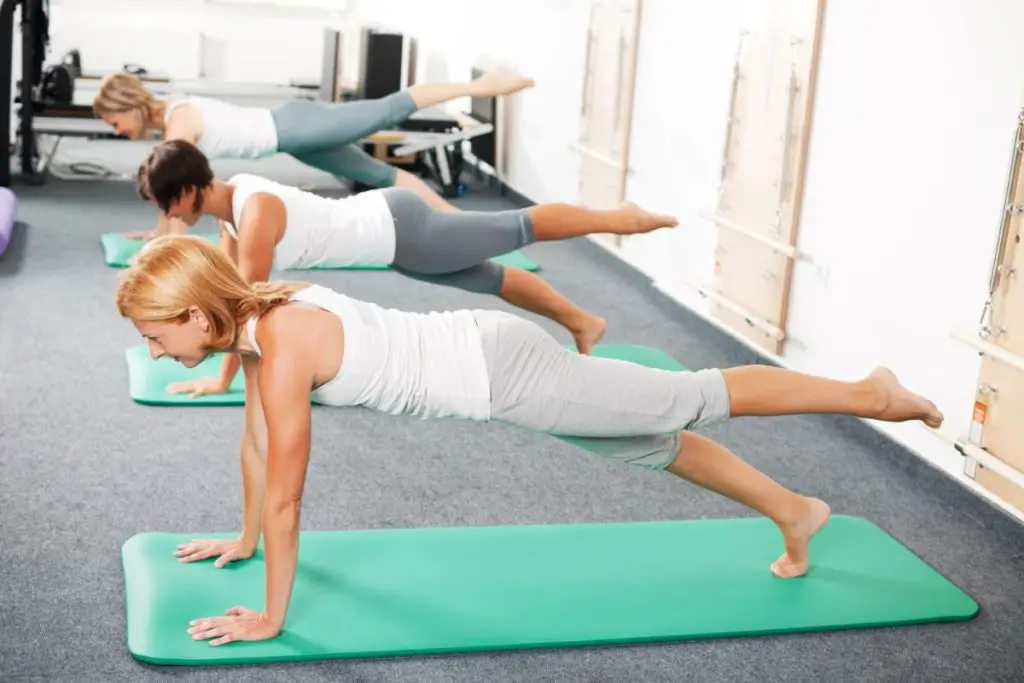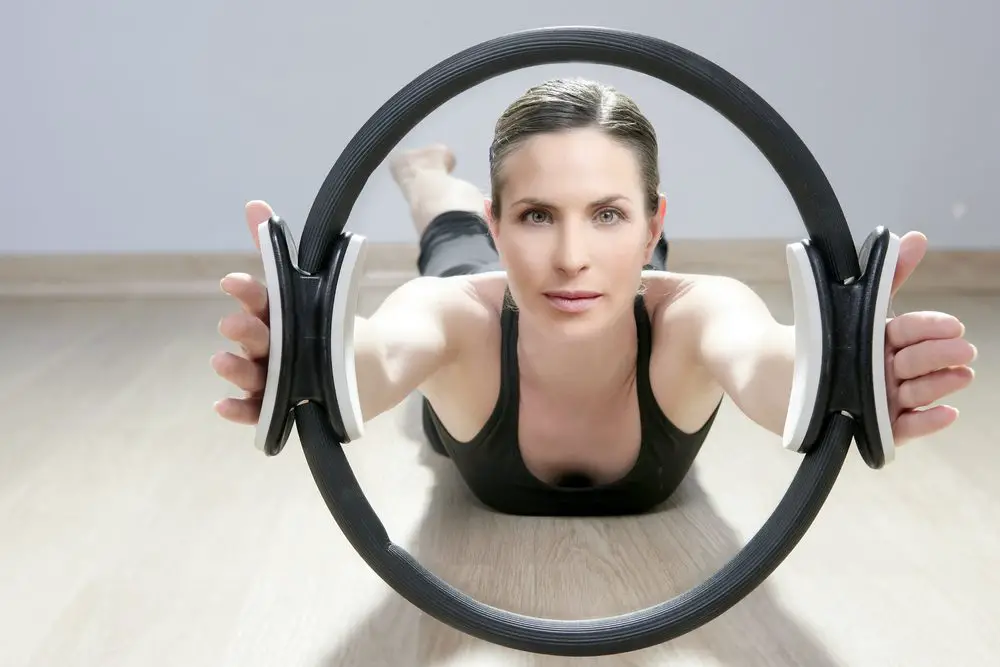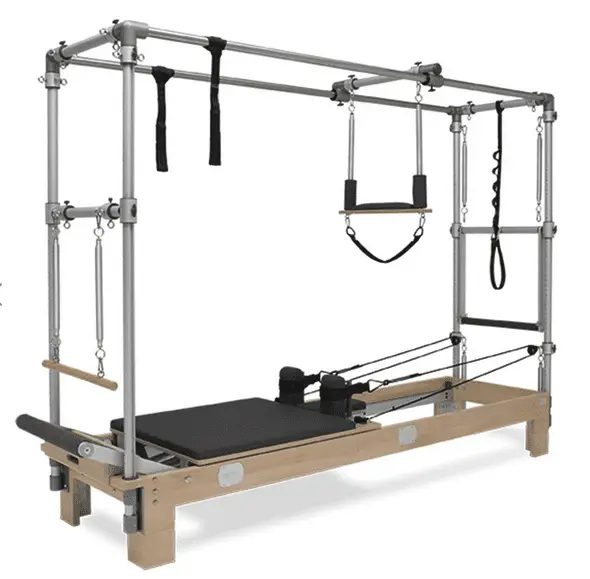What Is Contemporary Pilates? (A Guide)
If you are new to Pilates, you may be surprised to hear that there is no just one type of Pilates but many different forms.
From classic and reformer Pilates to contemporary Pilates, they all have the same foundation but add slightly different exercises.
We had a closer look at contemporary Pilates, what it is and what this form of Pilates has to offer when it comes to a good workout.
What Is Contemporary Pilates?
Contemporary Pilates is a varied form of classical Pilates exercises with a strong focus on physiotherapy, bio-mechanics and the latest research.
When you are looking at contemporary Pilates, it’s a good idea to have a concept of classic Pilates which the modern version is based on.
Classic Pilates is a number of different exercises that have been specifically designed by Joseph Pilates at the beginning of the 20th century.
These exercises follow a particular order and different steps.
There are basic foundation exercises which are ideal for beginners, and as practitioners progress with their Pilates journey, these exercises become more advanced and complex.
All exercises focus on breathing, movement and the transition from one sequence to another.
This is the fundamental principle that classic as well as contemporary Pilates and other forms are based on.
Contemporary Pilates has many of the same exercises that the classic workout offers.
In addition, there are also a whole new set of exercises and variations on the classic Pilates to allow anyone with injuries to train. For this reason, this form of Pilates is ideal of rehabilitation programs.
Plus, contemporary Pilates also adds a few more creative exercises that take advanced Pilates practitioners out of their comfort zones.
The Contemporary Pilates Method
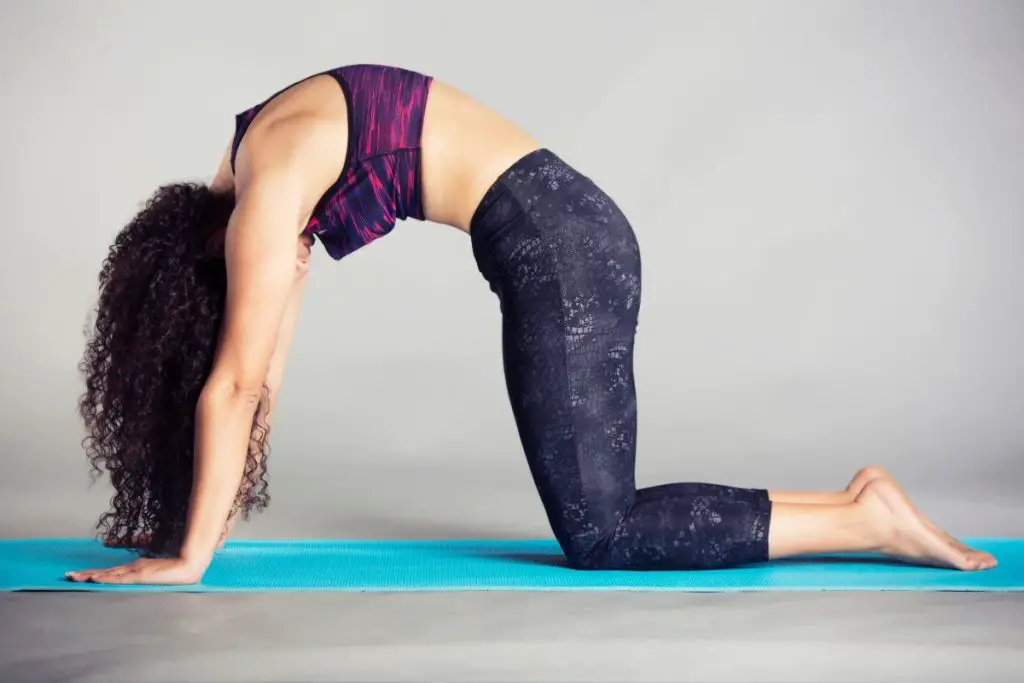
The concept of contemporary Pilates is based on developing smooth movement and gradually progressing through motion training.
This is the basis of contemporary, classic as well as some other forms of Pilates that respect the classical principles designed by Joseph Pilates.
Includes New Scientific Research
Contemporary Pilates is also founded on modern knowledge of holistic anatomy and any modern research on motion and movement.
Due to this additional knowledge from contemporary science, practitioners and teachers have extended the choice of exercises to create more specific workouts.
More Gentle And Conscious Pilates Practice
These new exercises are often focused on more gentle and careful movements that are performed with much greater body awareness.
This helps Pilates beginners, advanced practitioners as well as anyone with injuries practicing Pilates to perform the exercises safely without possible further injuries.
Efficient And Effective
Many practitioners of contemporary Pilates find this type of training more effective and efficient for their short term goals.
In addition, contemporary Pilates exercises also support good results in functionally strength as well as pain-free movements.
For long term goals, contemporary Pilates helps to create better adaptability and more physical balance.
Designed For Everyone
Thanks to its gentle workout, contemporary Pilates has been specifically designed for everyone who usually struggles with classic Pilates.
As it is a more targeted workout, this type of Pilates can help to strengthen your muscles and physical stability where you need to focus.
Contemporary Pilates is very individual and it’s ideal for anyone undergoing rehabilitation or people who struggle to move freely.
Saying this, contemporary Pilates also allows you to be more creative in your Pilates practice.
You can have some more fun with the greater awareness, movement and balance this workout offers.
Contemporary Pilates Exercises
While there are no set exercises for contemporary Pilates, there are a few different workouts that are very similar across different Pilates studios.
Combination Of Classic And Modern
Contemporary Pilates is effectively the method of Pilates that followed the classic phase.
It respects many of the original Pilates principles but also adds modern research in Pilates practice as well as Pilates theory.
Great Variety
Contemporary Pilates practitioners work with a wide range of different exercises for any body position and skill level.
There is a particular emphasis on the benefits and purpose of each exercise, which makes each movement individually focused on a person individual circumstances.
This allows anyone with a form of disability or injury to join in on Pilates practices.
But contemporary Pilates also creates plenty of room for experimenting with different poses and positions.
Uses Knowledge Of Latest Research
As contemporary Pilates uses the insights of modern research on motion, elasticity, physiology and dynamics, practitioners can design exercises that really work gently on the body.
This is exactly what makes contemporary Pilates so popular with physiotherapists.
Specific Choreographies For More Fun
Contemporary Pilates integrates specific topics or sequences in different exercises. This means you can really focus on what is important for certain parts of your body.
It also allows you to appreciate the movements of your body more, and you can really enjoy your regular Pilates practice.
What To Look Out For In Contemporary Pilates
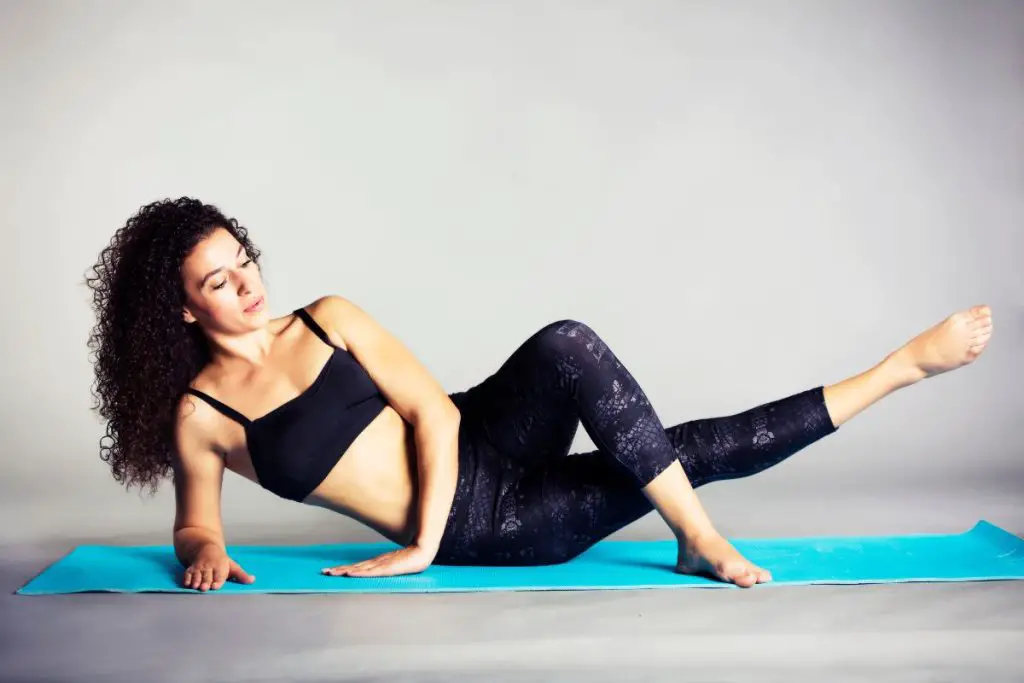
If you are new to contemporary Pilates, then there are a few things that you need to look out for, especially when you are joining in on Pilates classes.
Keep an eye out for how well your Pilates instructors blends any scientific principles into each exercise.
As an example, if your Pilates teacher is a personal trainer, then they should be easily integrating some strength training exercises, perhaps with some additional weights.
You can practice contemporary Pilates both on a reformer or a mat, and each class or studio will offer a different focus in their classes.
It’s worthwhile checking with your studio what they offer, and it’s also a good idea to find out a little more background about your Pilates teacher.
This will help you get an understanding of how much research knowledge and experience your instructor has
Classic Vs Contemporary Pilates Debate
There is a lot of debate amongst Pilates instructors and practitioners about the differences between classic and contemporary Pilates.
This is mainly as part of a discussion what is the true Pilates method. Many people suggest that classic Pilates is the only form that should be called Pilates.
There is even a court ruling that says that Pilates cannot be owned by anyone which means that various forms of Pilates continue to exist, and thrive.
Looking back to the traditions of Joseph Pilates who invented this gentle workout, it is clear to many practitioners that he continually sought to improve his method through further knowledge.
While Joseph Pilates couldn’t foresee the advancement of smart phones and computers which often contribute to bad posture, contemporary Pilates allows modern science to help with correcting any posture issues.
Combined with the flexibility in exercises that this form of Pilates offer, contemporary Pilates is a solid but gentle workout.
This can only be a good thing for many Pilates practitioners and instructors.
Final Thoughts
Contemporary Pilates combines the traditional practices of classic Pilates with modern scientific research that allows exercises to be designed individually for everyone.
Although some classic Pilates practitioners don’t see the contemporary method as an easy way to start with Pilates, it is suitable for both beginners as well as advanced practitioners.
Due to its gentle exercise program, contemporary Pilates is ideal for anyone with injuries and people on rehabilitation programs.
